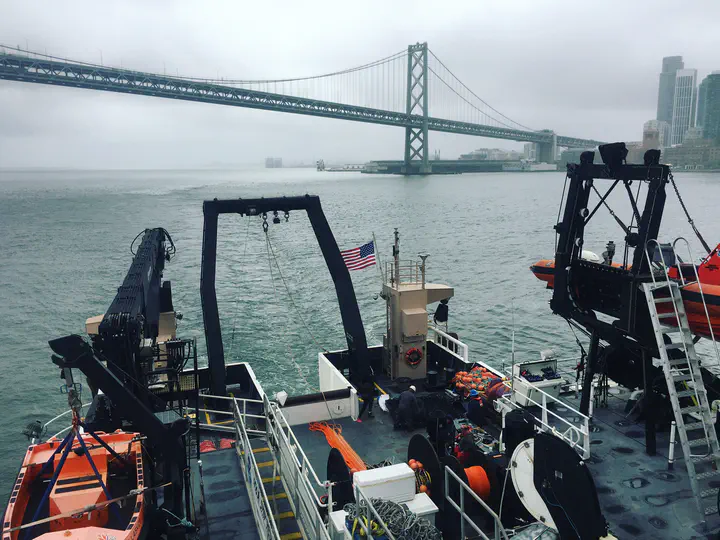Distributions of the Early Life Stages of California Current Fishes

Marine fishes undergo rapid changes in body size and habitat use during their early life stages. Fish species exhibit diverse life histories that may impact the way they respond to climate change and how we, in turn, model their distributions. Many species demonstrate variability in how restricted they are to spawning in specific locations or to what time of year they can spawn. Two life-history strategies are often evident: (1) species that exhibit punctuated spawning phenology and geography, fast growth, and long, often offshore, pelagic duration, and (2) species that have protracted spawning phenology, reproduce in coastal areas, and have slower growth. When modeling species distributions, size-specific models can be more accurate than unstructured or size-aggregated models, but are also more demanding of data for parameter estimation. In this work we aim to determine what modeling approach is most appropriate for projecting future distributions of species with differing life-history strategies by comparing the performance of size-structured and size-aggregated species distribution models. To explore the benefits of using size-structured models, we fit models to abundance data for pelagic young-of-the-year fishes in the California Current System. We found that change in size was linked to a change in distribution for most species. However, size-structured models were not always best suited to modeling species distributions, suggesting that size-aggregated models may be sufficient in certain conditions. Determining when to use structured or unstructured marine species distribution models will allow us to better understand how species will respond to climate change.